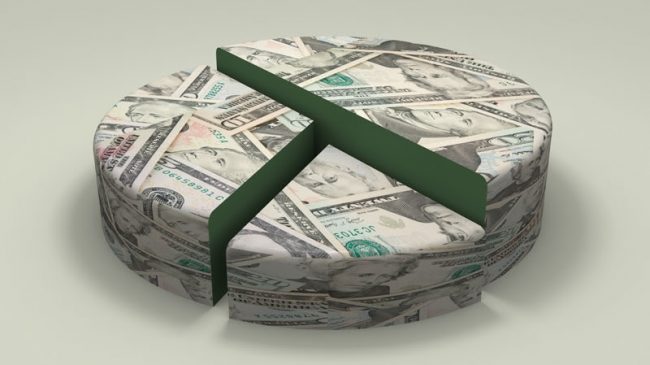Two new reports suggest that while state budgets have continued their slow fiscal recovery since the end of the Great Recession, significant threats still loom.
Earlier this month, the National Conference of State Legislatures (NCSL) released its State Budget Update: Spring 2014 report, offering a current snapshot of the state of state budgets based on surveys of legislative fiscal officers. NCSL reports that the state budget forecast is “stable,” with 34 states (plus the District of Columbia and Puerto Rico) reporting that they expect to meet their current fiscal year revenue forecasts, and another nine states report that they expect revenues to exceed forecasts. Only seven states (Delaware, Indiana, Kentucky, North Carolina, Oklahoma, Tennessee, and West Virginia) report revenues coming in lower than forecast.
Despite the positive news on the revenue front, expenditures have been more of a mixed bag. Twenty-two states-nearly half-are reporting spending in excess of budgeted amounts in fiscal year 2014, though NCSL notes the amount of overspending is “modest.” Major categories of overspending include corrections and public safety (11 states), K-12 education (8 states) and Medicaid (8 states).
Overall, despite the relatively stable state fiscal situation, NCSL reports that state budget officials remain concerned about “sluggish revenue growth, rebuilding budget reserves and long-term spending trends-especially for K-12 education and health care.” According to NCSL, some states are already projecting the emergence of structural budget deficits as early as fiscal year 2016, with more states expecting to join them beyond that.
Separately, two weeks ago the Pew Charitable Trusts released an analysis of states’ ongoing recovery from the economic impacts of the Great Recession, which found that despite an overall recovery in tax revenues collected by states, tax collections in 26 states had still not rebounded to their pre-recession peaks. In fact, five states-Alaska, Florida, Louisiana, New Mexico and Wyoming-are still seeing tax receipts down more than 15 percent relative to their previous pre-recession peak levels.
Further, even though aggregate states tax revenues were 2.2 percent higher than their 2008 inflation-adjusted peak by the end of the final quarter of 2013, Pew found that more than half of the states seeing record revenues had increased taxes since the start of the recession. Thus, the revenue gains in those states are likely to be at least partially attributable to policy changes, as opposed to economic growth.
Further, Pew notes that the 2.2 percent increase relative to the pre-recession peak is a modest level of growth that will do little to compensate for reduced federal transfers to states, increased state populations (up 10 million since the end of the recession), new Medicaid enrollees, and state debt obligations.
“Even when tax revenues bounce back, policymakers will face challenges because of competing demands that piled up during the recession,” according to the Pew analysis. “Getting back to peak returns states only to where they were in purchasing power years earlier, leaving little money available to start making up for investments and spending they postponed during the downturn.”
Overall, both reports suggest that the recovery of state finances since the end of the Great Recession has been steady overall but uneven on an individual basis, and there is significant risk of future fiscal challenges emerging that could pressure state budgets and set back their economic recovery. This suggests a continuing need for policymakers to seek ways to control costs through strategies like privatization, and to seek new ways to partner with the private sector to deliver services and assets in ways that deliver better value to governments and minimize taxpayer risks.
Leonard Gilroy is director of government reform at Reason Foundation and is the editor of the Privatization & Government Reform Newsletter, available here. This article was featured in the May 2014 edition of the newsletter.

